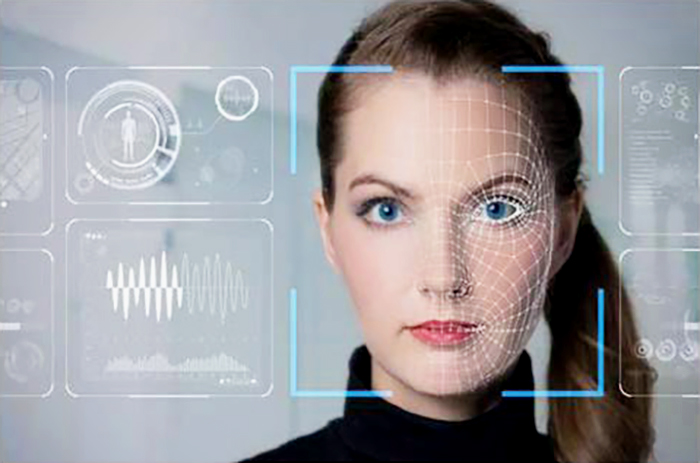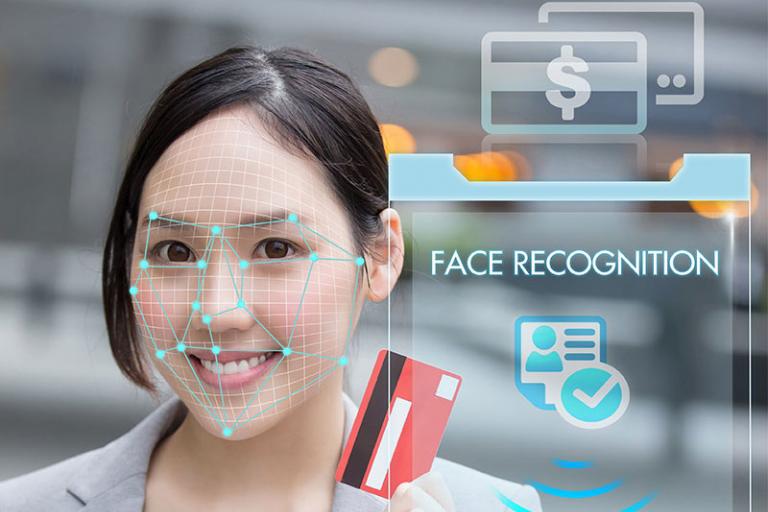Smart Voting System Support By Using Face Recognition Presentation
| Introduction | ||
|---|---|---|
| Smart Voting System Support by using Face Recognition. Enhancing the security and efficiency of the voting process. Providing accurate identification and authentication of voters. | ||
| 1 | ||
| Importance of Face Recognition in Voting Systems | ||
|---|---|---|
| Facial recognition technology ensures a high level of accuracy in identifying voters. Prevents impersonation and fraudulent voting. Streamlines the voting process by reducing human error and manual verification. | ||
| 2 | ||
| How Face Recognition Works | ||
|---|---|---|
| Facial recognition algorithms analyze unique facial features and patterns. The system captures an image of the voter's face and compares it with the stored database. Advanced machine learning techniques improve accuracy over time. | ||
| 3 | ||
| Benefits of Smart Voting Systems with Face Recognition | ||
|---|---|---|
| Increased security by preventing identity theft and voter fraud. Faster and more efficient voting process, reducing waiting times. Eliminates the need for physical identification documents. | ||
| 4 | ||
| Accessibility and Inclusivity | ||
|---|---|---|
| Face recognition technology enables voting for individuals with disabilities. People with visual impairments can vote independently without assistance. Supports inclusivity by accommodating voters with physical limitations. | ||
| 5 | ||
| Ensuring Privacy and Data Protection | ||
|---|---|---|
| Robust security measures safeguard personal data and voter information. Compliance with privacy regulations and encryption protocols. Anonymization of voter data to protect privacy. | ||
| 6 | ||
| Addressing Challenges and Concerns | ||
|---|---|---|
| Ensuring the accuracy and reliability of face recognition technology. Mitigating potential biases in the system to prevent discrimination. Public education and awareness about the benefits and limitations of the system. | ||
| 7 | ||
| Successful Implementations and Case Studies | ||
|---|---|---|
| Examples of countries and organizations that have successfully implemented face recognition in voting systems. Positive outcomes, such as improved accuracy and increased voter confidence. Lessons learned and best practices from these implementations. | ||
| 8 | ||
| Future Developments and Possibilities | ||
|---|---|---|
| Integration of artificial intelligence and machine learning to enhance face recognition accuracy. Expansion to other voting processes, such as absentee voting and online voting. Collaboration with experts and organizations to continually improve the system. | ||
| 9 | ||
| Conclusion | ||
|---|---|---|
| Smart Voting System Support by using Face Recognition is a promising solution for enhancing the voting process. Improved security, efficiency, and accessibility are key benefits of this technology. Continued research, development, and collaboration will drive the future success of smart voting systems. | ||
| 10 | ||






